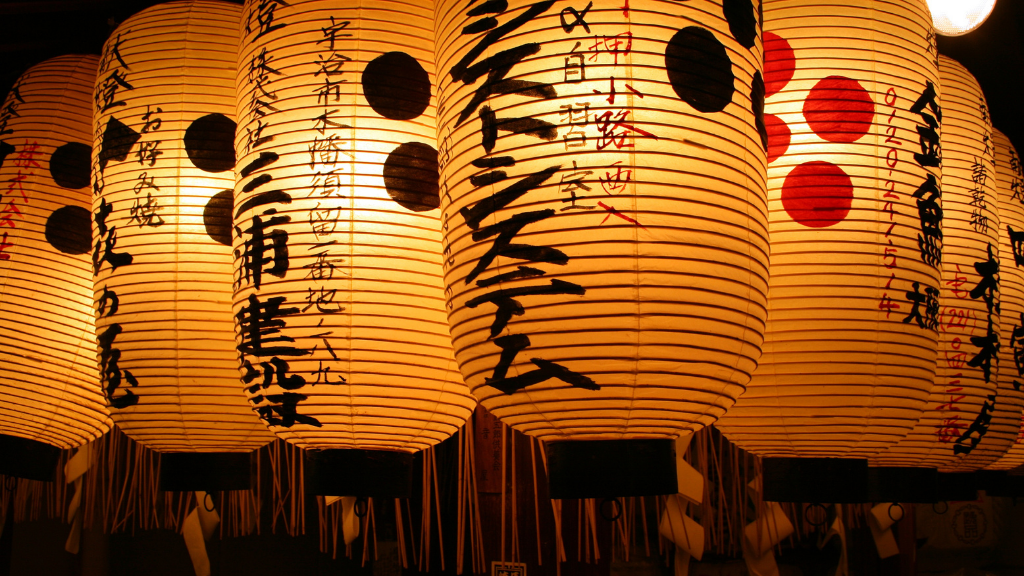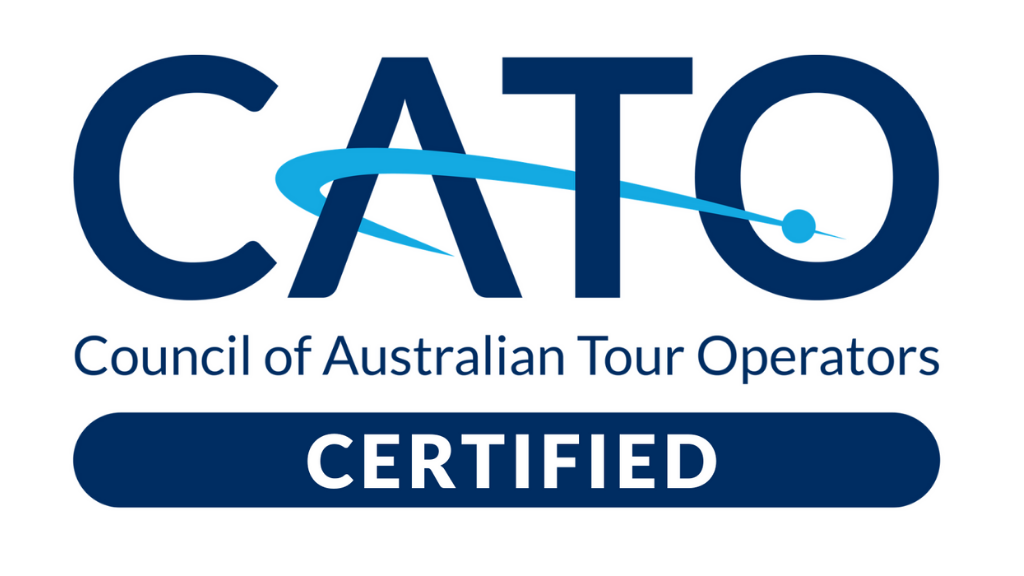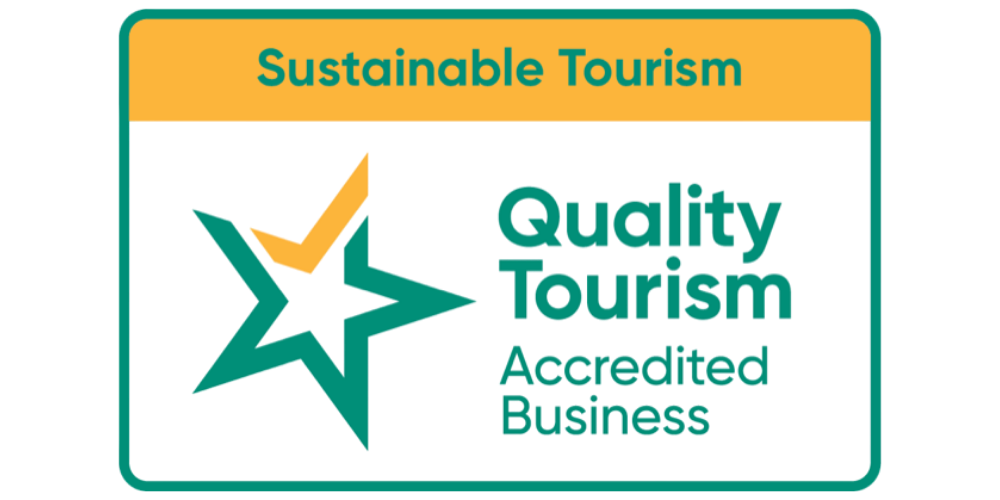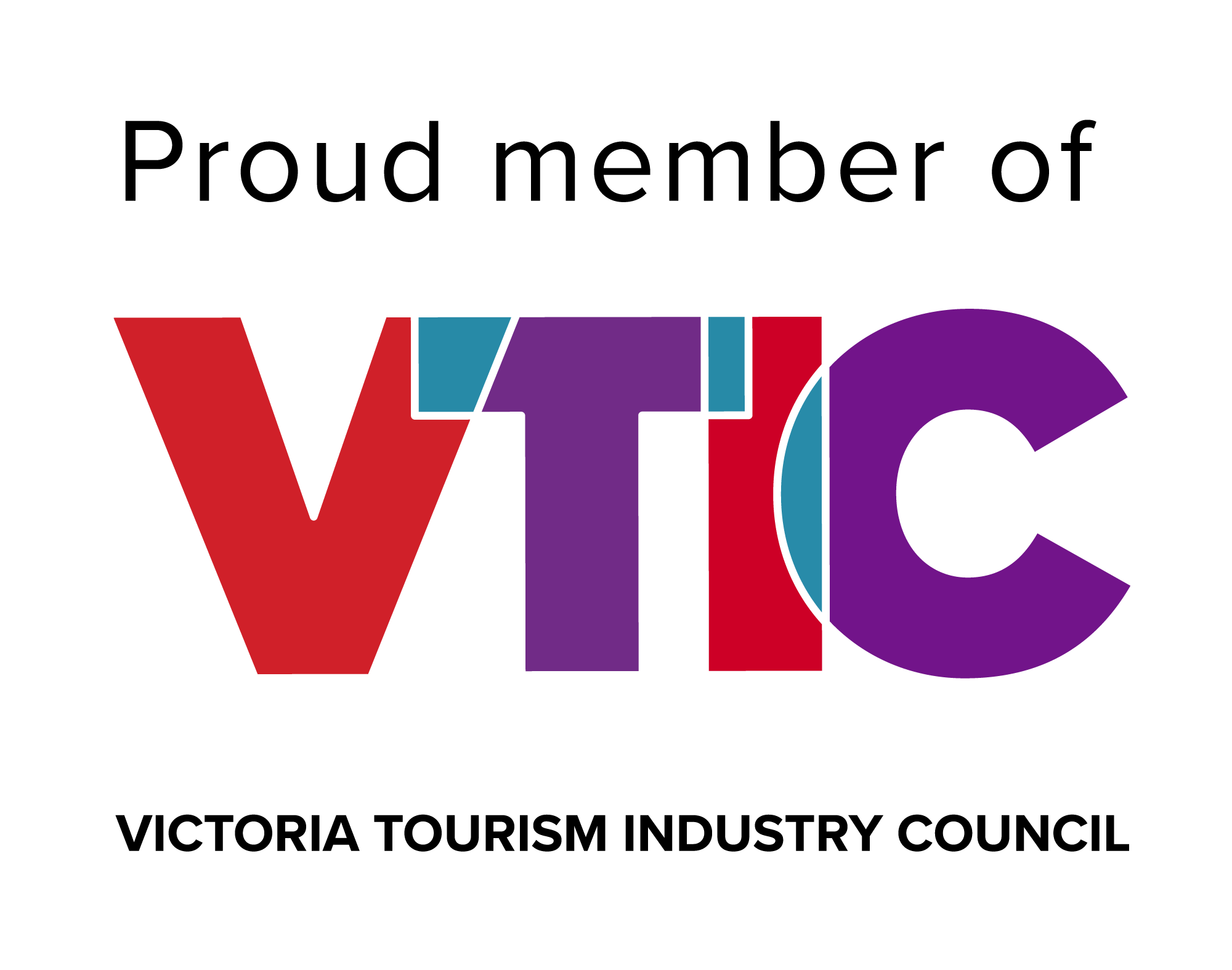eSIMs, ATMs & Tips: A Simple Travel Ops Guide for S.E. Asia
Wi-Fi shouldn’t decide your day. Neither should a card machine that “mysteriously” converts to the wrong currency. Here’s the clean, practical playbook for staying connected and cash-smart across Vietnam, Indonesia (Bali) and the Philippines—with quick notes for neighbours if you’re stringing trips together.
If you want a ready-made itinerary while you’re at it, peek at Icons of Vietnam, Icons of Bali, and Icons of the Philippines, or browse All Tours.
Quick Answer
-
eSIM: Buy before you fly (airport time is precious). Activate on arrival; keep your regular number on “calls only,” data on the eSIM.
-
ATMs: Use bank-branded machines inside malls/branches. Always decline DCC (“charge in your home currency”) and choose local currency.
-
Cards & cash: Cards for hotels/major cafés; cash still king for markets, tips and small transport. Carry small notes.
-
Safety: Cover keypad, pocket cash in two places, and screenshot confirmations in case signal drops.
-
Tipping (short version): Not compulsory; round up in casual spots. In sit-down restaurants without a service charge, ~5–10% is appreciated. Drivers/guides: small discretionary cash is welcome.
eSIMs Made Easy (and glitch-free)
Why eSIM?
Instant data, no kiosk scrambles, and you keep your normal number active for 2FA and messages.
How to set it up (fast):
-
Buy a regional or country eSIM before departure.
-
Install the profile at home (Wi-Fi), but toggle it off until you land.
-
On arrival, turn on the eSIM, set Mobile Data = eSIM, leave Voice = primary SIM.
-
Toggle Data Roaming ON for the eSIM only.
-
Test: maps open? Messages sending? Good.
-
Hotspot works on most plans—handy for laptops and travel buddies.
Signal sanity checks:
-
In islands and mountain pockets, speeds vary. Download offline maps and a translation pack before you go.
-
Dual-SIM trick: if coverage dips, add a second local eSIM for that region and switch data between them.
Battery + privacy:
-
Turn off background refresh for heavy apps.
-
Public Wi-Fi is fine for browsing, not banking—use mobile data for payments.

Money: ATMs, Cards & Currency—Zero Drama Edition
ATMs (do this):
-
Prefer major bank machines inside branches or malls.
-
Decline DCC every time. Always choose to be charged in local currency.
-
Expect a small local fee per withdrawal; take out a sensible amount to reduce repeats.
-
If a machine errors after entering your PIN, wait—do not walk away until it times out and returns your card.
Cards:
-
Visa/Mastercard are widely accepted in cities and tourist hubs; carry cash for markets, rural cafés, small taxis and tips.
-
Keep two cards (separate hiding spots). Enable travel notices and set sensible daily limits.
Cash:
-
Break big notes at supermarkets or chain cafés; small vendors appreciate exact change.
-
Keep a “small spends” wallet handy so your main stash stays tucked away.
Exchange booths vs ATMs:
-
ATMs are the simplest. If you must use a booth, choose reputable, well-lit counters and count notes before leaving.
Tipping & Small Courtesies (country snapshots)
Vietnam
-
Casual eats/coffee: round up.
-
Restaurants (no service charge): ~5–10% if service is good.
-
Drivers/guides/boat crews: small discretionary amounts appreciated—give directly, in cash.
Indonesia (Bali)
-
Many venues include a service + tax line; if so, no extra needed.
-
If there’s no service charge, ~5–10% is kind.
-
Porters, drivers and spa staff: small notes go a long way.
Philippines
-
Sit-down restaurants often expect ~10% if no service charge appears.
-
Taxis/jeepneys/tricycles: round up.
-
Dive/snorkel crews: a modest tip to the box or crew is appreciated.
General etiquette
-
Hand cash with the right hand (or both hands) as a sign of respect.
-
Keep it low-key; generosity is great, showmanship is not.

Transport & Payments (little wins)
-
Ride-hailing apps are reliable in major cities; add your card and carry cash for rural legs.
-
Ferries/boats: bring small notes for porters and snacks; card readers can be… island time.
-
Scooters: if hiring, make sure your licence + insurance actually cover you. Helmets always.
-
Receipts: snap a photo; it’s the best travel memory you’ll never post.
Micro-Checklist: Arrival Day
-
Turn on eSIM → set data = eSIM / calls = primary.
-
Withdraw local cash from a bank ATM; decline DCC.
-
Break one large note into small bills.
-
Save your stay’s address in local language (screenshot).
-
Pin your first café, pharmacy, and mini-mart on offline maps.
Troubleshooting (because travel loves plot twists)
-
eSIM won’t connect: toggle Airplane Mode → ON/OFF; check APN set automatically; restart.
-
Card declined: try a second machine, then your backup card; if still no, call the bank (Wi-Fi call over data).
-
Over-charged in foreign currency: check for DCC on the receipt; dispute with your bank later—many will reverse it.
-
Lost phone: keep your eSIM QR/credentials in a secure cloud note; you can often re-issue to a new device.
Bonus: If You’re Adding Japan or Sri Lanka
-
Japan: cards widely accepted; tipping isn’t customary—a polite thank-you is perfect. eSIMs are excellent; trains are cashless-friendly. For routes, see Icons of Japan — 10–14 Days.
-
Sri Lanka: ATMs in towns; cash useful in rural stays. Tipping isn’t mandatory but appreciated in hospitality and guiding. See 12-Day Sri Lankan Exploration.
Ready to put it to work?
Lock in dates for Icons of Vietnam, Icons of Bali, or Icons of the Philippines—or explore All Tours. Smooth ops means more energy for markets, reefs, and sunsets—the good stuff.
Note: Telecom and banking policies can change. Always check your bank’s card fees/limits and your eSIM plan details before departure.




